George W. Lee is not a familiar civil rights leader. You've probably never heard of him. For this addition to our Black History Month True Crime Series, we're going to take a closer look into his story, activism, and the unsolved case of his assassination that became a catalyst for the civil rights movement.
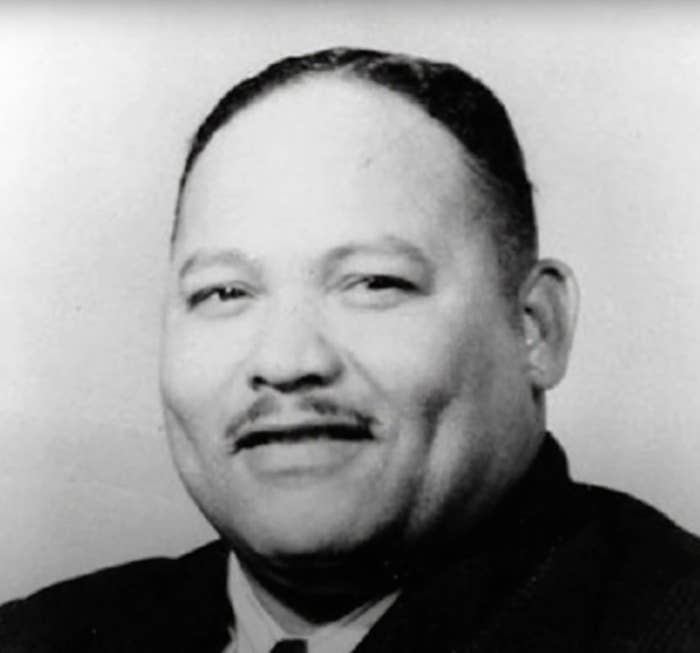
#BlackHistoryMonth - spare a thought at this time for the lesser known souls who wanted to Vote in line with the 15th Amendment but instead lost their lives, Rev. George Lee, Lamar Smith, Herbert Lee and Louis Allan and no doubt countless others.
George W. Lee grew up in the predominantly Black community of Edwards, Mississippi. His mother — an uneducated plantation worker — and abusive stepfather raised him in the reconstructed South.
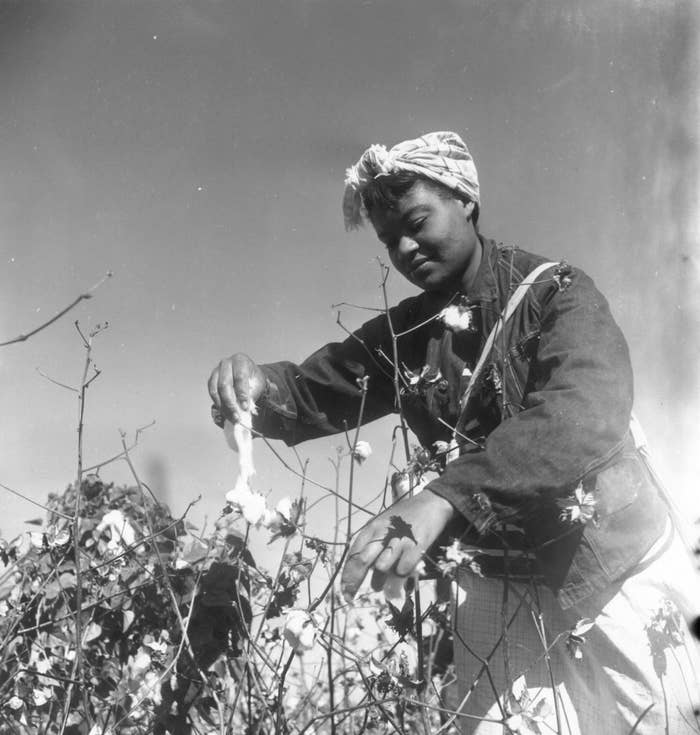
Rev. Lee was a hardworking man, taking manual labor jobs while continuing his education to better himself as an academic. He understood that his education and work ethic would benefit his status in the segregated South.
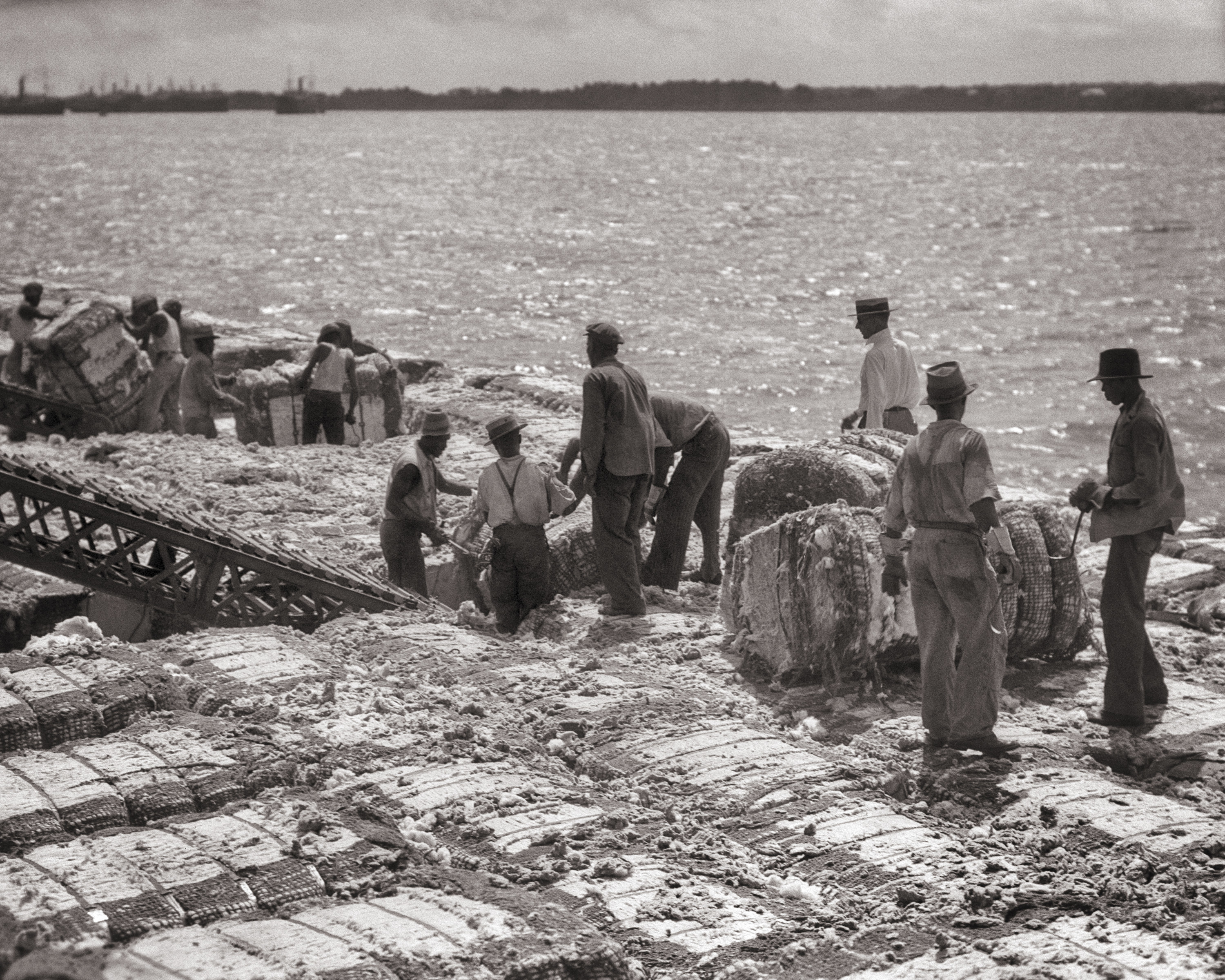
Belzoni is in the heart of the Mississippi Delta region, as the seat of Humphreys County. The county's become known for producing more catfish than any other US county, but at that time, it produced something far more sinister.

Rev. Lee had dreams of delivering his people from this life. He used his education and influence as a minister to rise to the front lines of local Black business and community leadership.
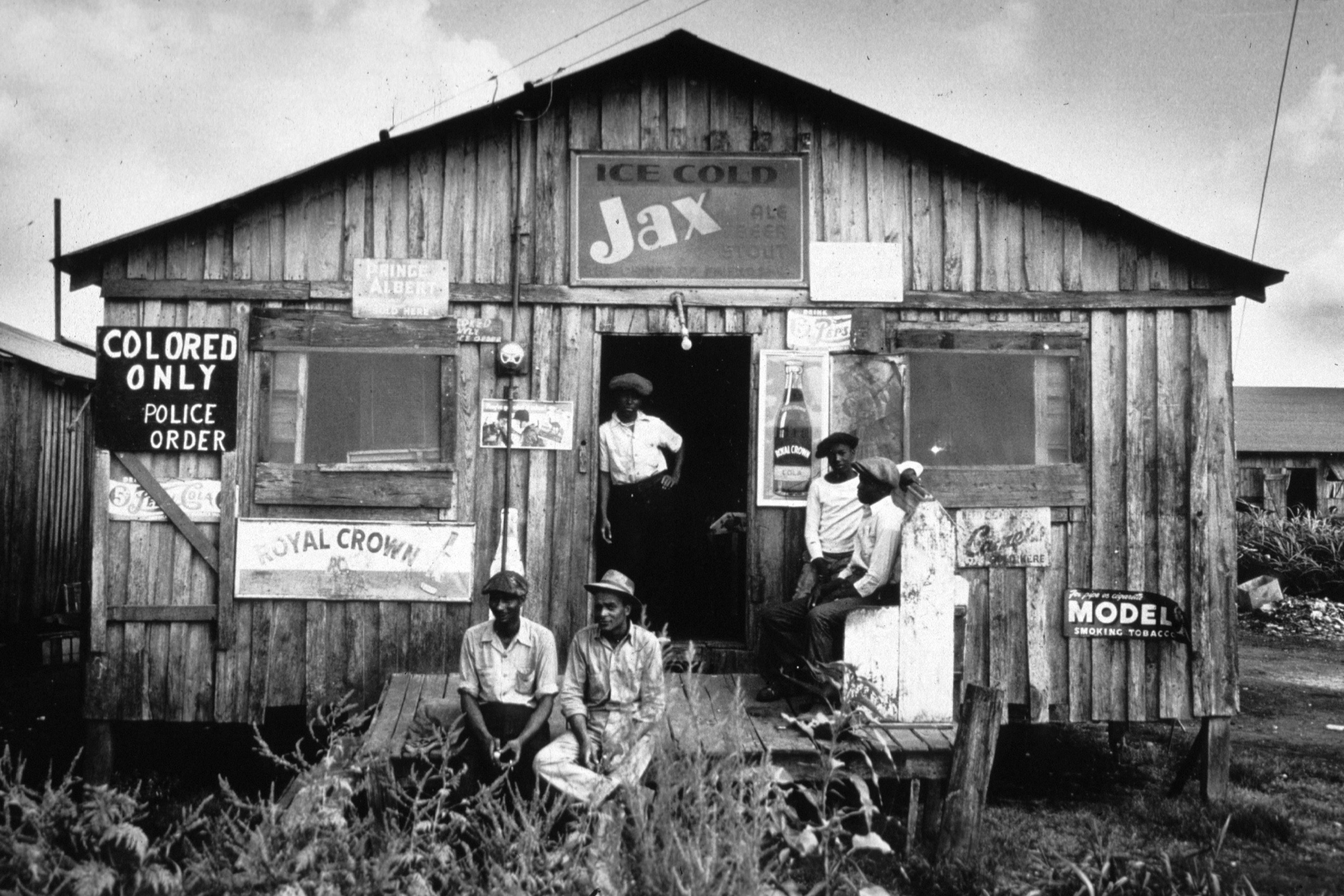
Rev. Lee became one of the first Black men to register to vote in Humphreys County, where, ironically, Black Americans were the majority of the population.
The 15th Amendment, enacted in 1870, seemingly granted African American men the right to vote. But literacy tests, poll taxes, and other Jim Crow laws written into the constitutions of former Confederate states disenfranchised Black voters for over 50 years.
The fight for equality and ending disenfranchisement sparked the creation of organizations such as the National Association for the Advancement of Colored People (NAACP) and the National Urban League.
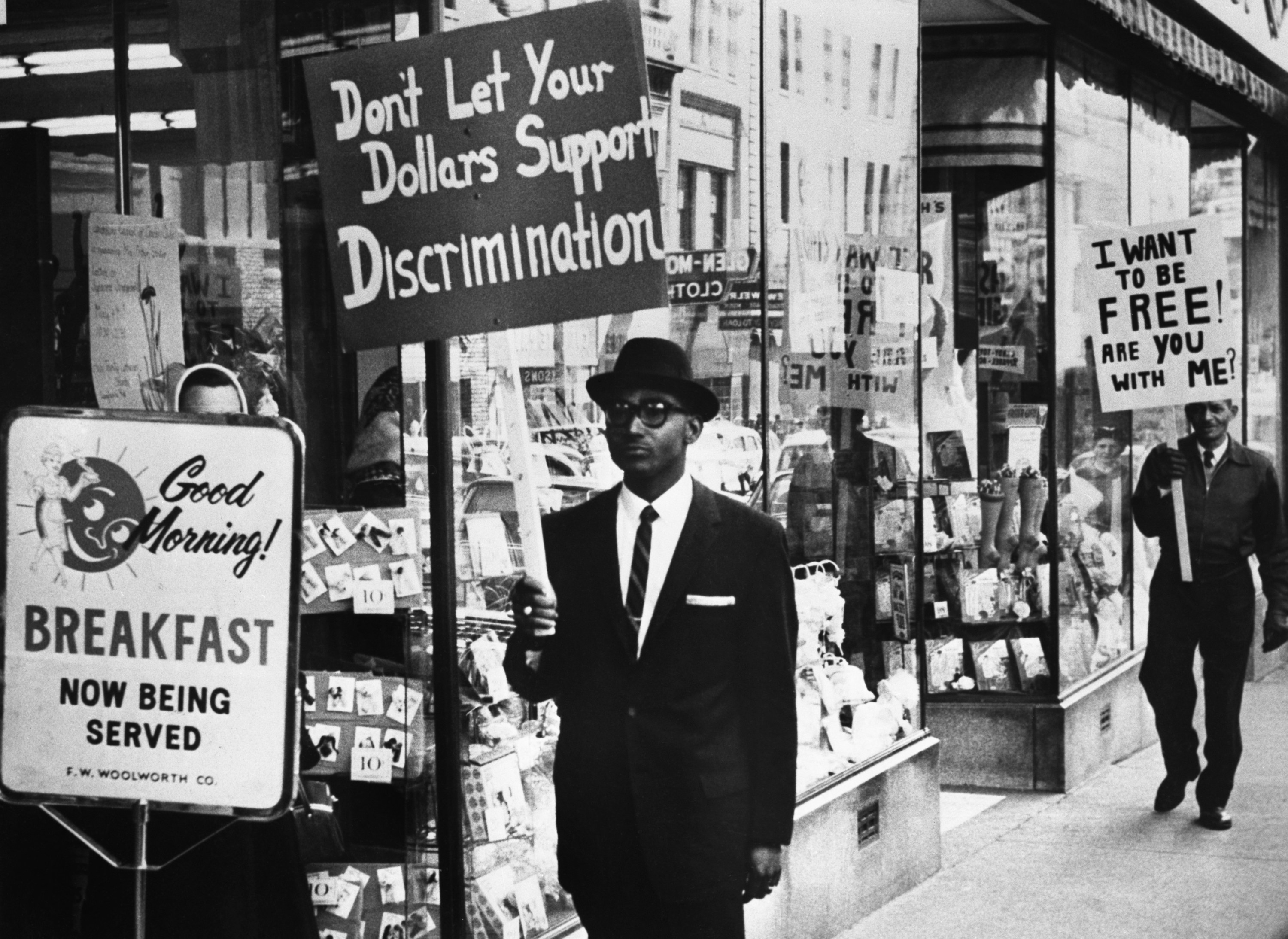
In 1953, Rev. Lee, and another Black grocer, Gus Courts, founded the Belzoni branch of the NAACP, and together, they refused to allow Jim Crow laws to prevent them from obtaining their right to vote. Rev. Lee and Courts fought to give every Black person in their community the ability to vote.

The victory only fueled the fires of racist whites. There were white Americans still upset about the landmark 1954 Supreme Court case Brown v. Board of Education, which ruled unanimously that public schools' racial segregation was unconstitutional.
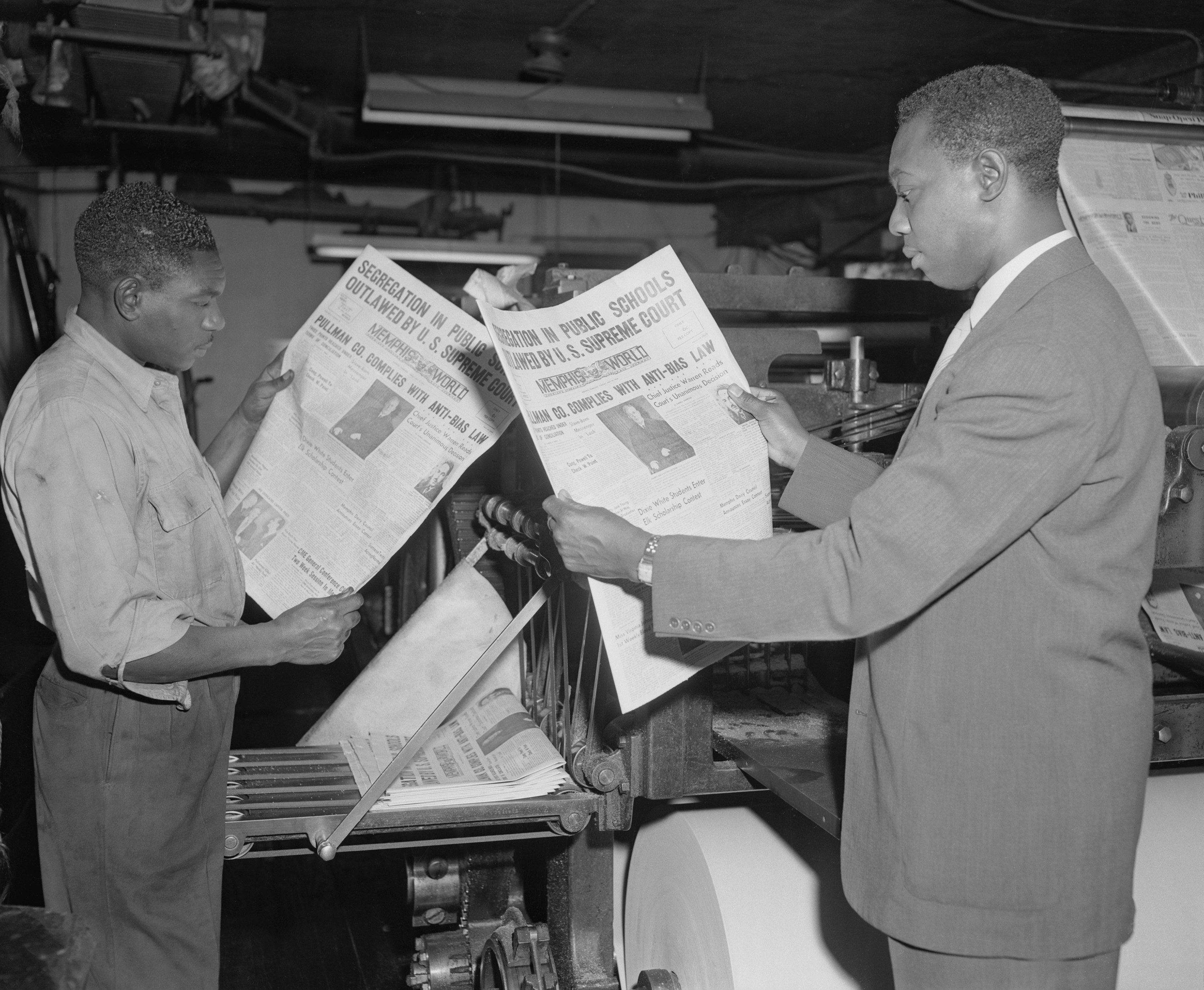
The WCC opposed the voter registration efforts of Rev. Lee and Courts. They used aggressive tactics like economic boycotts, racist propaganda, unjustifiable termination, and violence to thwart the actions of the civil rights movement, the NAACP, and other activist groups.
View this video on YouTube
The violent voter suppression of the WCC purged Black Americans from the voting rolls. Yet the intimidation and violence didn't work on Rev. Lee and Courts.
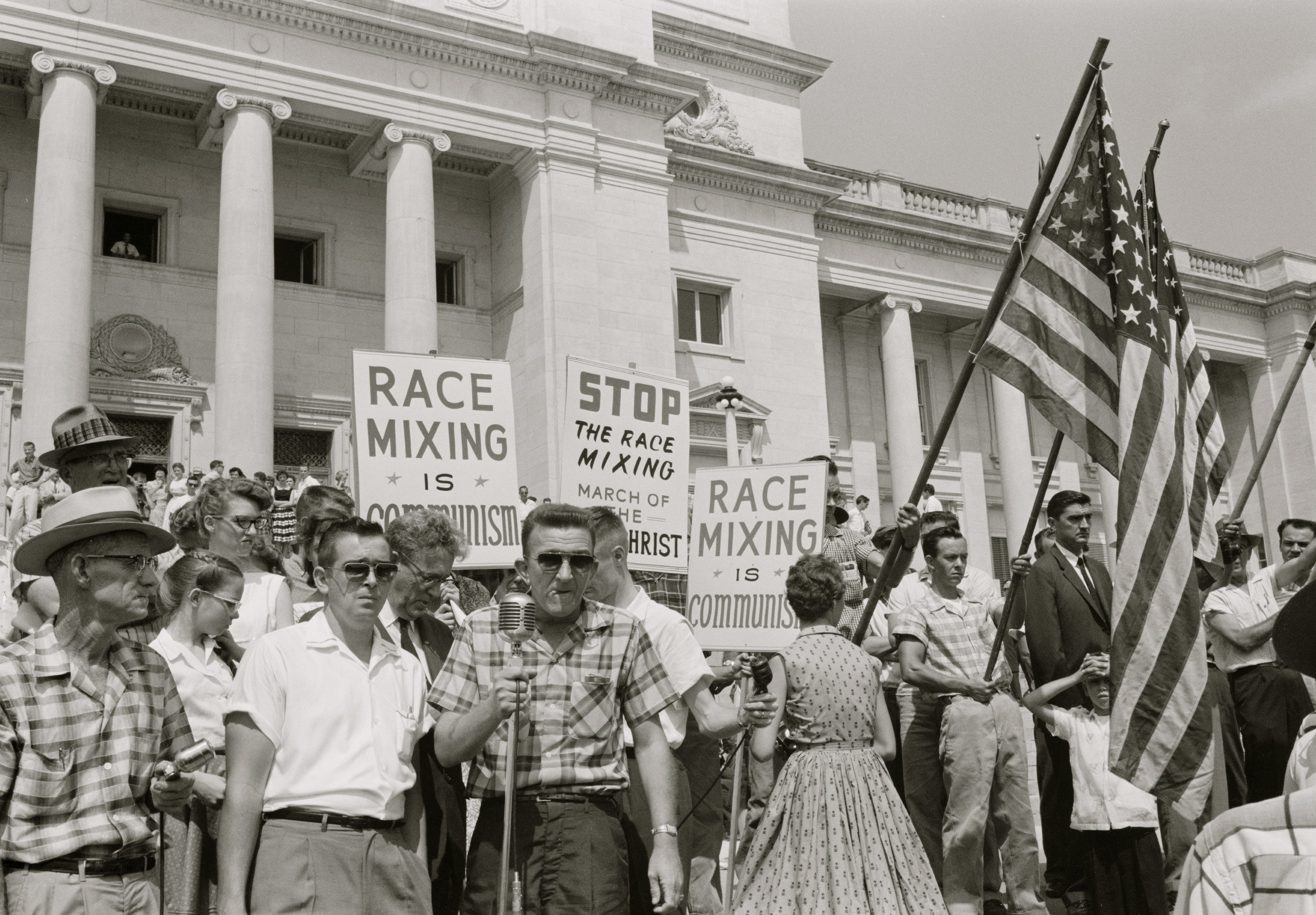
The head of the Regional Council of Negro Leadership was Dr. Theodore Roosevelt Mason Howard, one of the wealthiest Black men in the state.
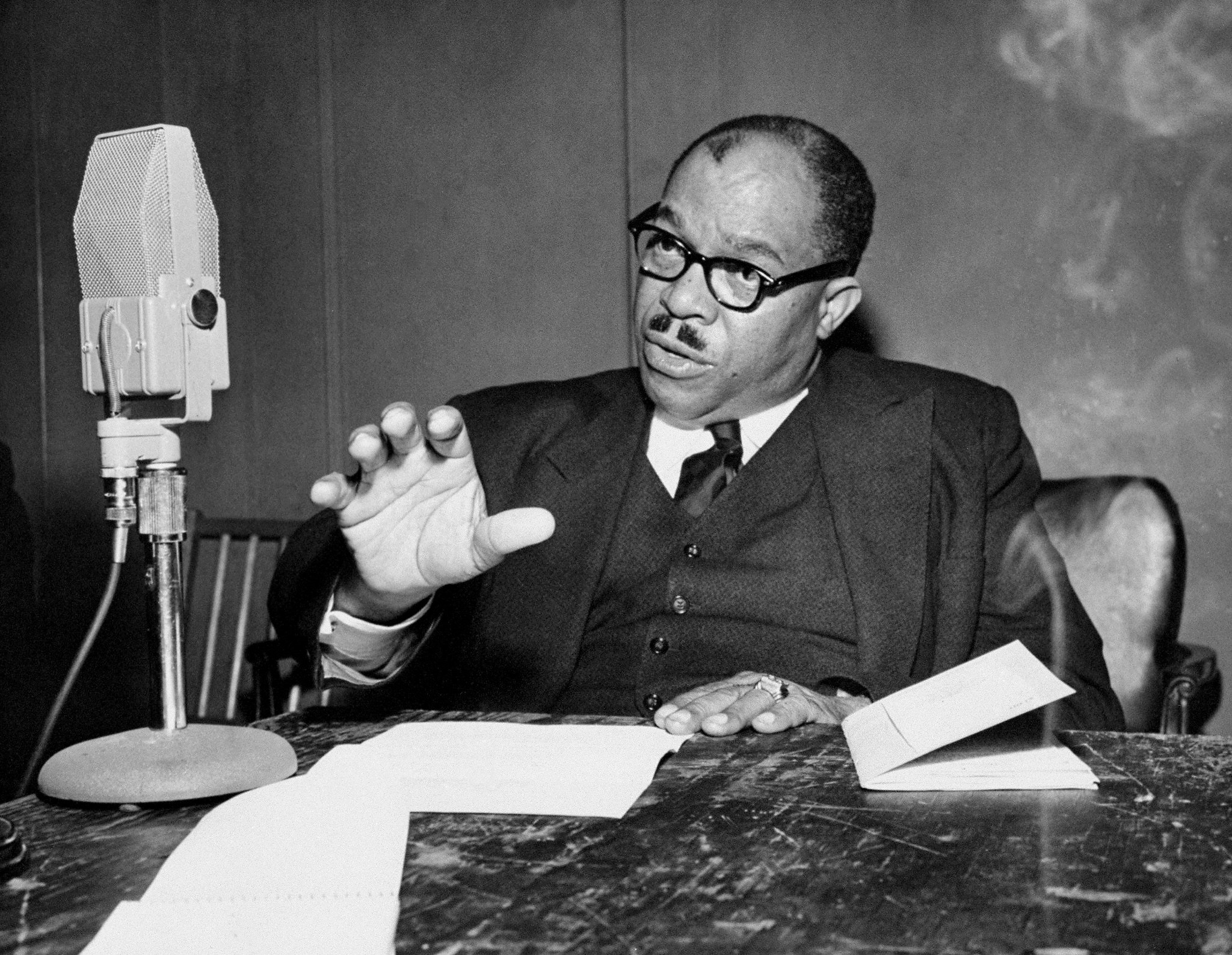
In April 1955, Rev. Lee spoke at the Regional Council of Negro Leaderships' annual meeting. He drew a crowd of more than 7,000 in the independent all-Black Mississippi town of Mound Bayou, formed by formerly enslaved people.
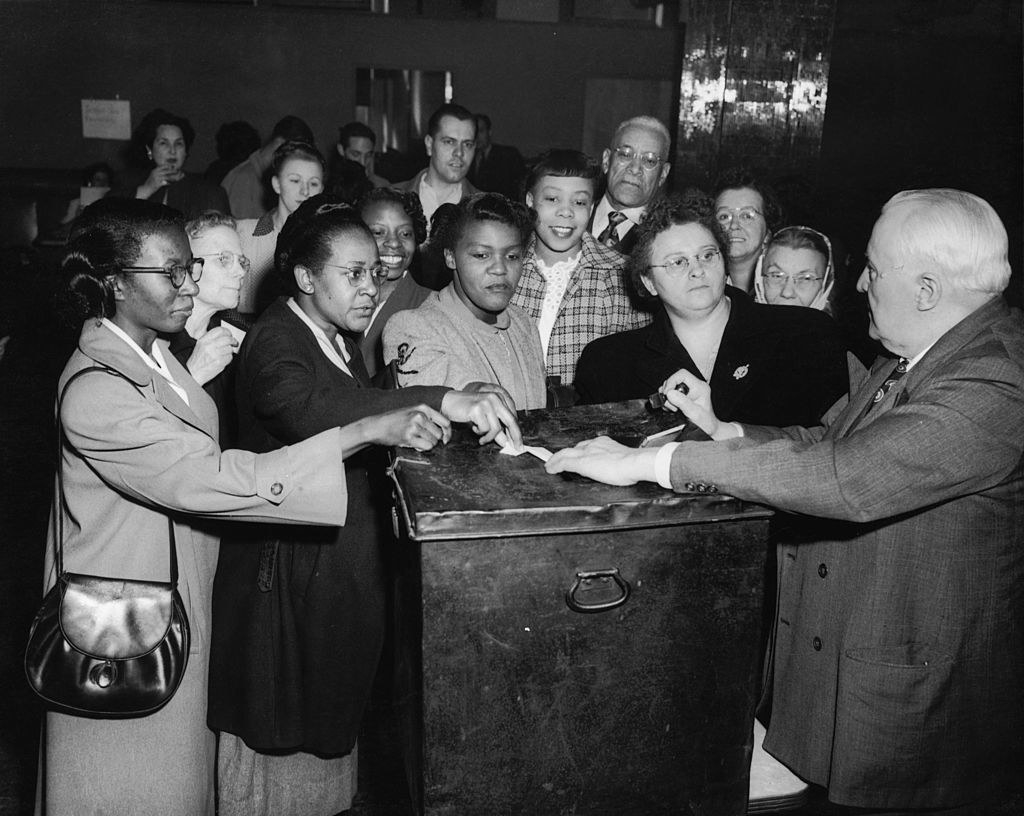
"Pray not for your mom and pop. They've gone to heaven. Pray you can make it through this hell."
Rev. Lee was charged and ready to fight. He refused to back down to white supremacy groups like the Ku Klux Klan and the WCC no matter how much they threatened his life.
On May 7, 1955, a group of unknown assailants assassinated Rev. George W. Lee while driving down a street in Belzoni.
#OTD 1955, Rev. George Lee was shot to death in Belzoni, Mississippi, after he helped 90+ American Africans register to vote. The sheriff claimed the lead pellets found in his shattered jaw were fillings from his teeth. #TuesdayThoughts #VotingRights https://t.co/vO8N203zPV
His assailants pulled up in a car and fired three times with a shotgun. Rev. Lee was shot in the face, shattering his jaw. He lost control of his vehicle and crashed. Although he managed to free himself from the car, he died on the way to Humphreys County Medical Center. The history of the fractured relationship based on racism and inequality between Black Americans and law enforcement is evident in the subsequent investigation of Rev. Lee's assassination.
The next day, the Jackson, Mississippi's Clarion-Ledger headline read, "Negro Leaders Dies in Odd Accident." Something didn't add up. It was clear it was an assassination, but local officials and the media did not claim it as such. Rev. Lee's wife, Rosebud, and the NAACP refused to accept this misinformation.
A preliminary FBI investigation began on May 9, 1955, two days after the murder. The Department of Justice requested the investigation, which set things in motion. A separate, but connected NAACP investigation took place due to the skepticism that the civil rights organization had about the FBI. NAACP investigators arrived in Belzoni on May 12, 1955, the day of Rev. Lee’s funeral. Congressman Charles Diggs reached out to the White House and demanded a federal investigation into the case, and on May 24, 1955, the Civil Rights Section of the Department’s Criminal Division ordered a full field investigation.

The NAACP's Mississippi field secretary Medgar Evers helped steer the civil rights organization's investigation of the murder, and he requested an autopsy.
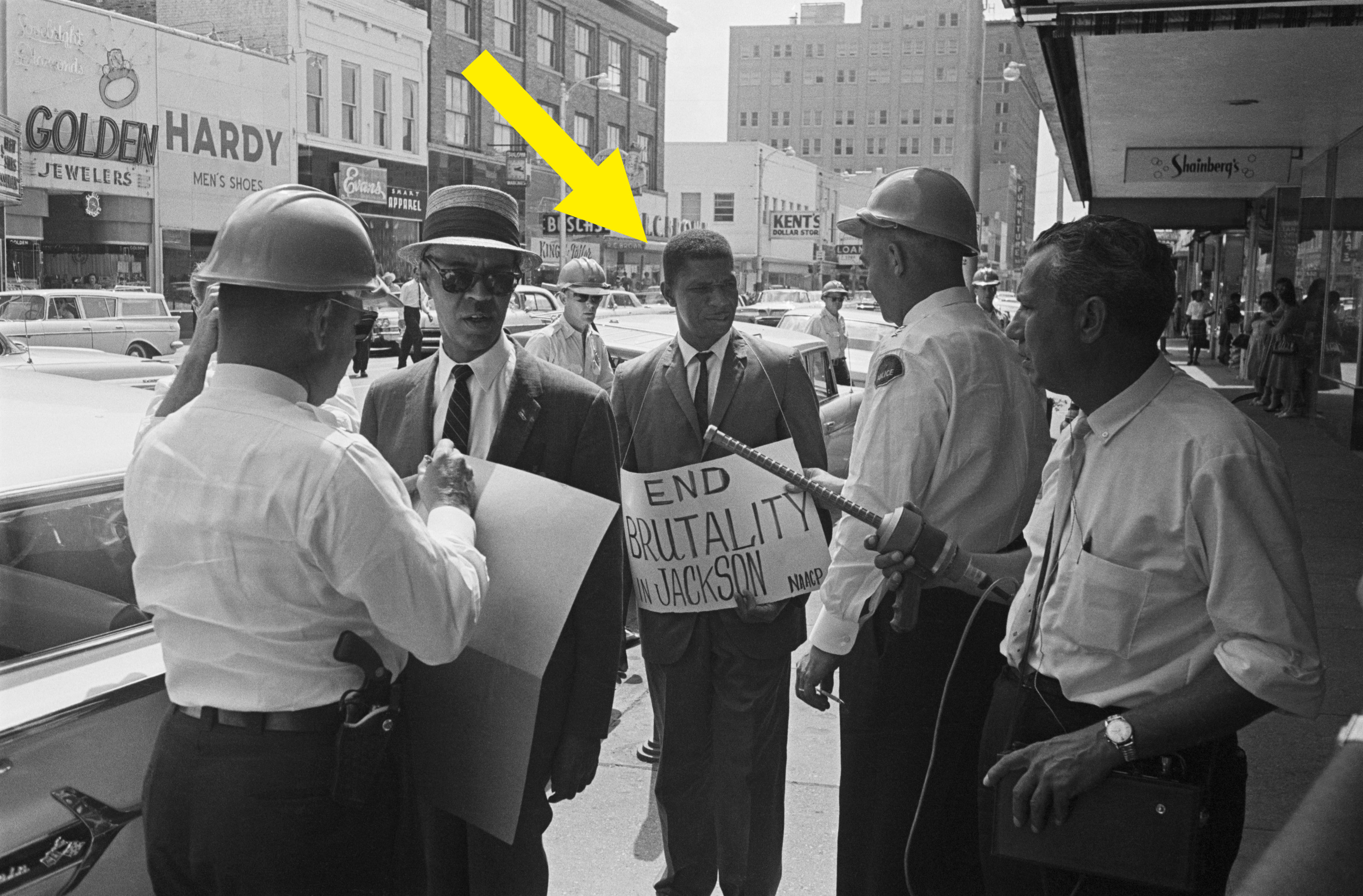
Two Black physicians, one of which was Rev. Lee's family doctor, conducted an autopsy and discovered two to three buckshots. One was fired at point-blank range into the cab, ripping off the lower left side of Rev. Lee's face. However, the FBI needed to co-sign on these findings.
#OTD (1955) - @NAACP leader Rev. George W. Lee is killed for his voter registration efforts. 1 of the investigators of his murder is #MedgarEvers. More: @ZinnEdProject: https://t.co/bmZjv7t2iS “Is Mississippi Hushing Up A Lynching? Rev. George Lee Murdered in Belzoni”: @GetJETmag
The FBI forensics became a sham though. They determined that fragments found in the car tires were close to buckshot, but they were "unsure." The FBI also stated of the fragments in Rev. Lee's face: "The metal fragments recovered from the victim’s wounds were extremely mutilated and varied in weight so they could not be definitively identified as buckshot or fragments of buckshot." Lastly, the FBI's forensics also found it hard to identify gunshot residues (GSR).

On May 19, 1955, the day after the FBI lab issued their findings, the Coroner’s Jury came to the decision that Rev. Lee "died as a result of a hemorrhage and probably asphyxiation from the face wound; the cause of the facial wound was ruled undetermined."
Despite the FBI investigation causing a stalling in the case, the separate NAACP investigation was able to pinpoint two suspects: Marion Edward Ray and Joe David Watson.
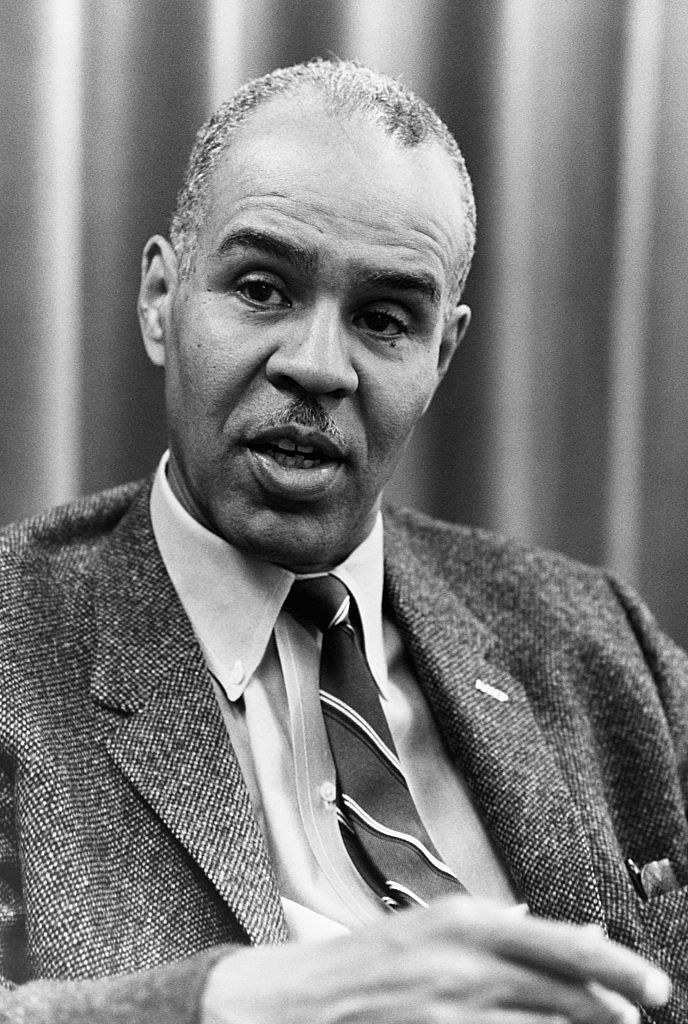
The FBI was able to accumulate quite a bit of evidence against Ray and Watson. First, witnesses claim they saw a convertible following Rev. Lee's car before the shooting. Witnesses also identified Watson as a passenger in the convertible. To make things even more suspect, Ray owned a convertible that matched the description of the same vehicle in question. After the murder, Ray had his convertible painted a different color.
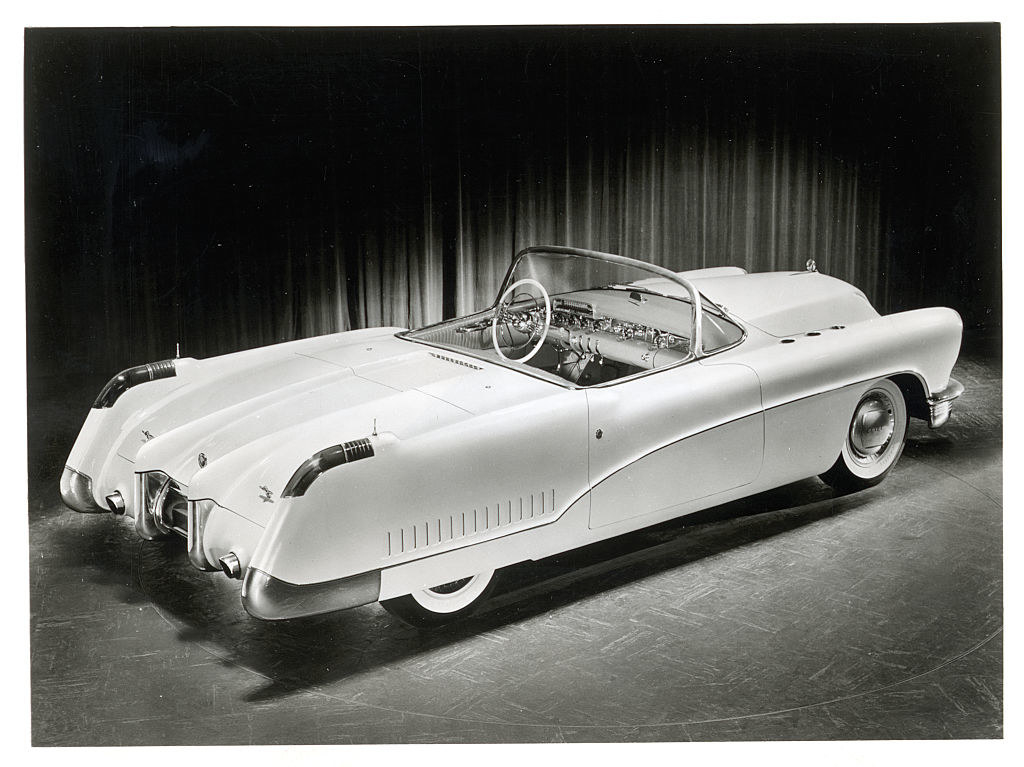
Watson also owned a 20-gauge shotgun that the FBI found on June 3, 1955, which was loaded with #3 buckshot, the same type that killed Rev. Lee. Both Watson and Ray gave conflicting alibis regarding the night of the murder, and both their statements were contradicted by witnesses close to the men. What was even more incriminating was that Belzoni Police Department Chief N. L. Nichols told the FBI that he overheard Watson claiming that if he could find a driver, he would kill Rev. Lee and other prominent Black Belzoni citizens, such as Gus Courts. Courts was shot on November 25, 1955.
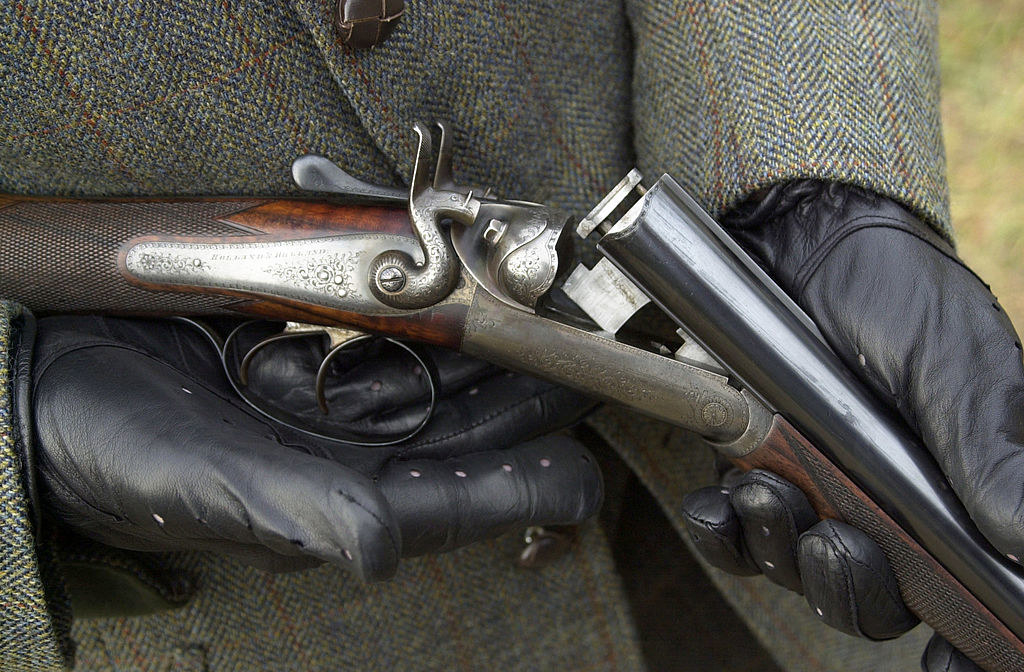
Fortunately, Courts survived and fled to Chicago with his family, where he continued his fight for equality by testifying to Congress of the racial terror in Mississippi.
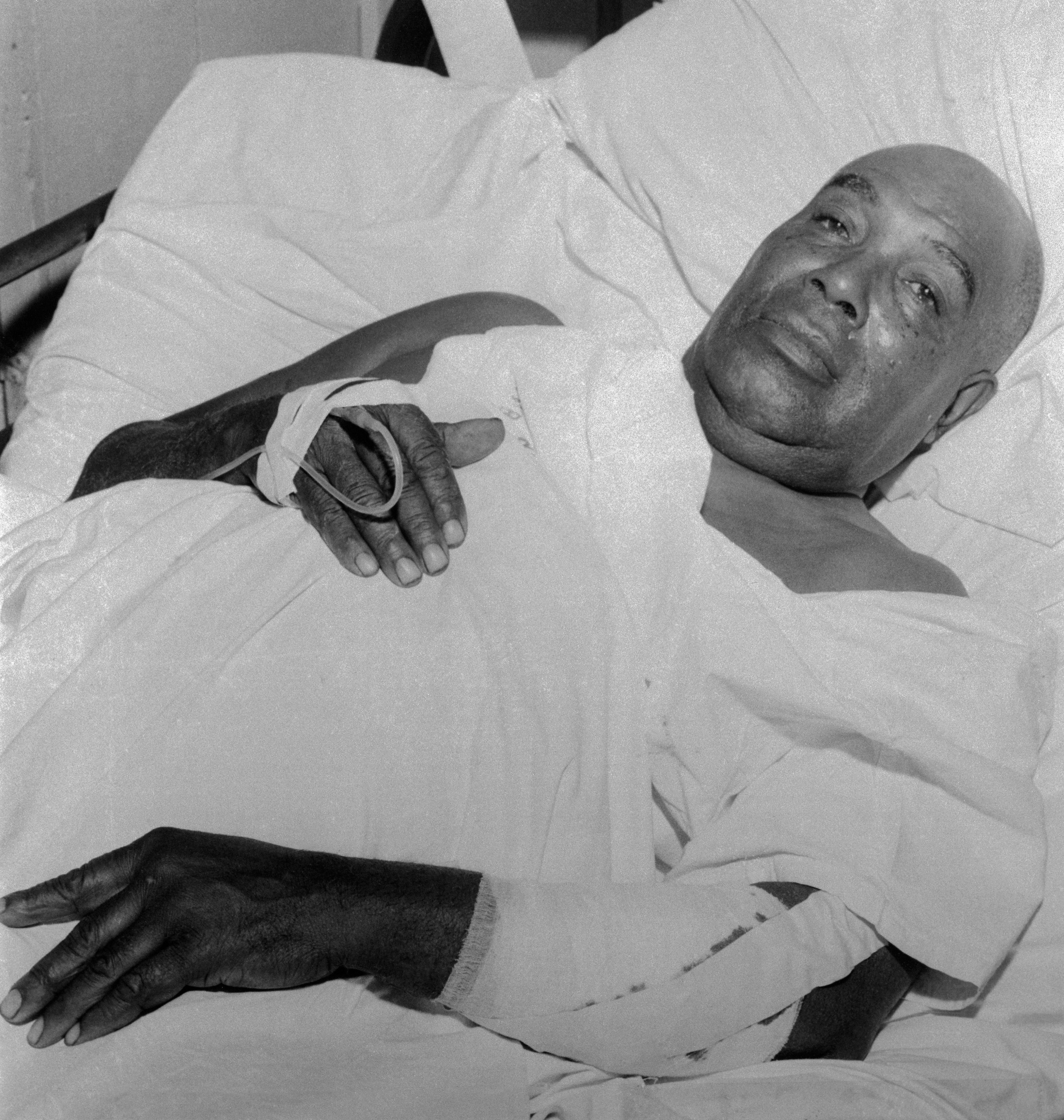
Since Watson and Ray were WCC members, they had some pull in the area. The Department of Justice decided in 1956 that the murder was not motivated by Rev. Lee's activism and forwarded the investigation to the state prosecutor, District Attorney J. Stanny Sanders for the 4th Judicial District of Mississippi. Soon after, Sanders told the Justice Department there wasn't enough evidence to bring the case to trial. Both Ray and Watson got off, and died roughly 20 years later.
The FBI also investigated a third man, Robert Rainer Sr. However, it ended up leading to nothing. An anonymous note, which was sent to the FBI, pinned the murder on Rainer Sr., and he was interviewed. Rainer Sr. did own a convertible at one point, but had sold it weeks before the murder, in a trade-in deal to acquire a truck.
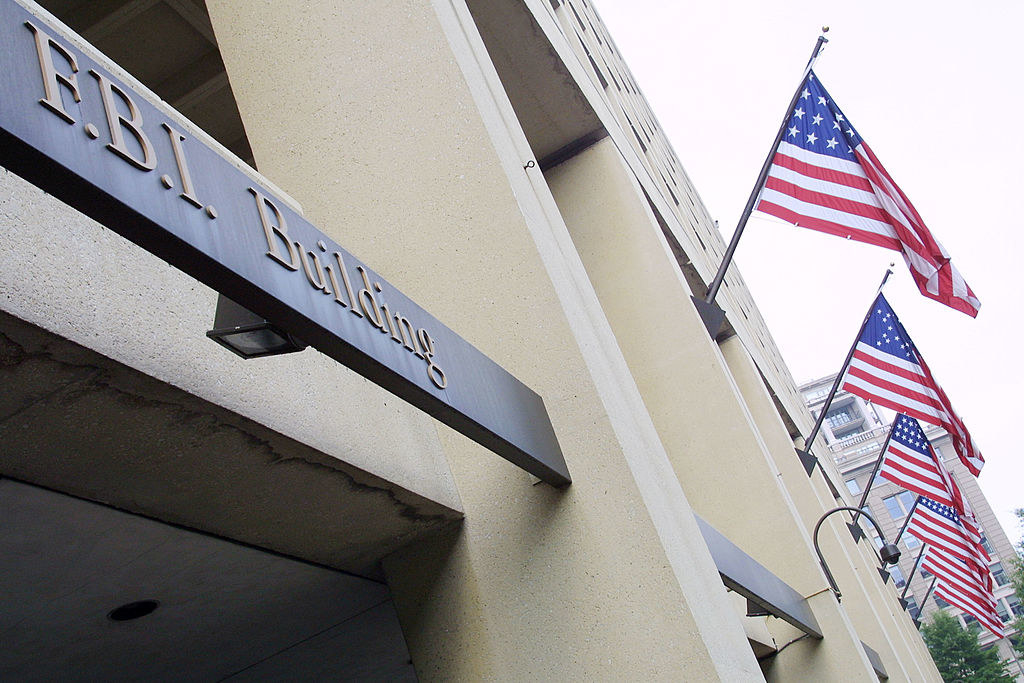
Governor White and Sheriff Shelton were segregationists in Mississippi. Their ideology lined up with racist white radicals despite their government roles to protect and serve the entire community. Their lack of action in this case was no mistake or neglect. It is widely regarded as intentional, a common mindset of this era, and a predecessor of modern-day treatment of Black Americans and other minorities.
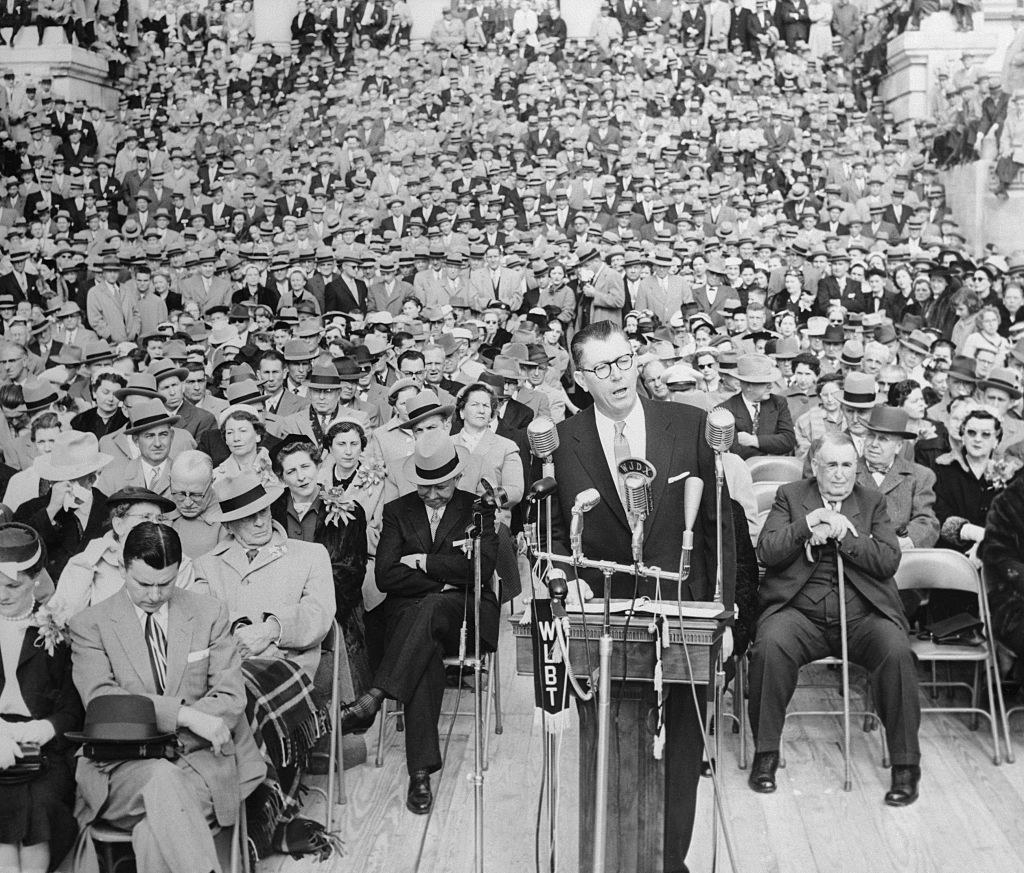
Rev. Lee's death received coverage in the "Black press" and became a precursor to another high-profile murder in the Mississippi Delta. Rev. Lee's widow, Rosebud, decided to hold an open-coffin ceremony. Readers of the Chicago Defender shared her outrage after viewing the photographs of Rev. Lee's mutilated corpse.
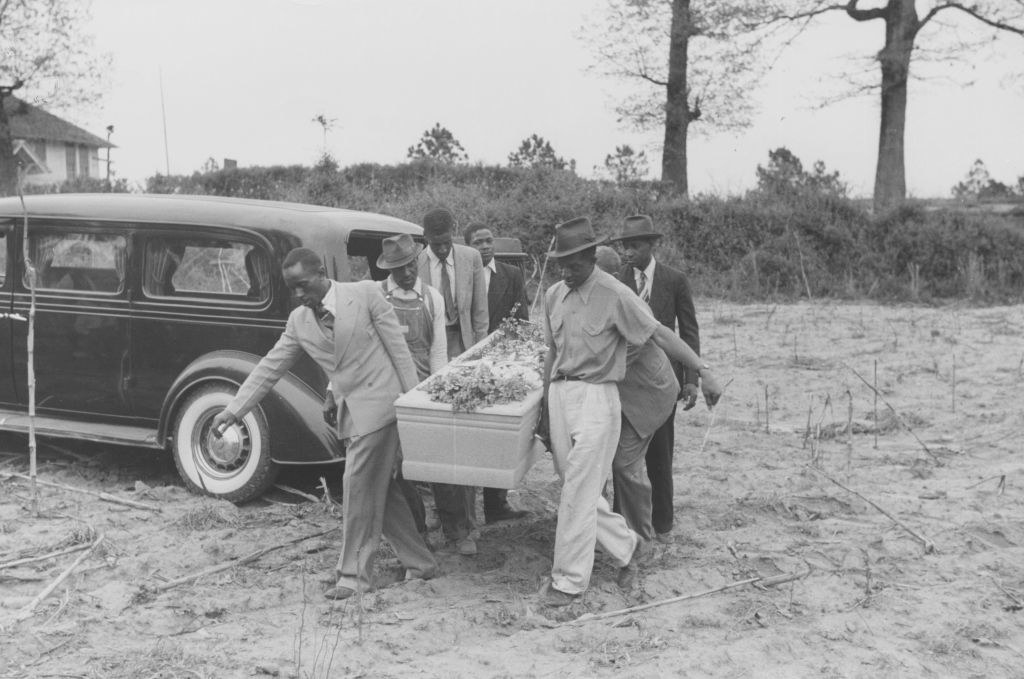
"… The shocking murder is the gravest act of violence in Mississippi since the formation of the White Citizens Councils, a neo-KKK group whose basic purpose is to force Negro citizens of the state to accept second class citizenship." —L. Alex Wilson.
Despite facing extreme violence, journalist L. Alex Wilson kept reporting—and his writing helped change public consciousness at the height of the Civil Rights Movement. #DiscoverAHero https://t.co/hLKqiZHPYv
Three months later, after the brutal murder of 14-year-old Emmett Till, who was beaten and tortured for allegedly whistling at a white woman, Mamie Till-Mobley, his mother, would have an open-casket funeral.
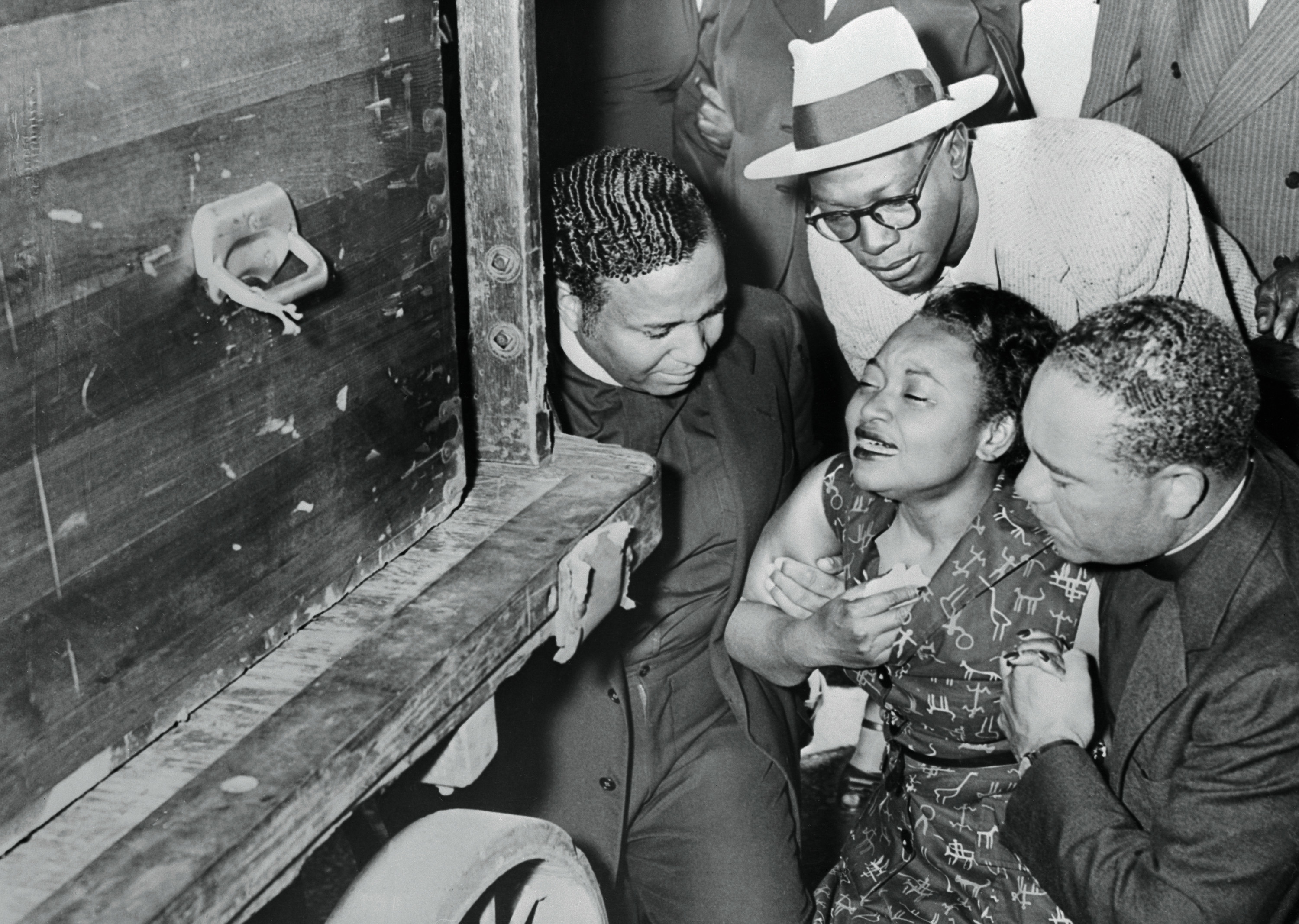
Rev. Lee fought against voter suppression and for the voter registration rights of Black Americans. Along with the NAACP and other civil rights organizations, Rev. Lee helped Black Americans when it came to voting. Unfortunately, Sheriff Shelton refused to accept the poll taxes from the Black citizens who attempted to register.
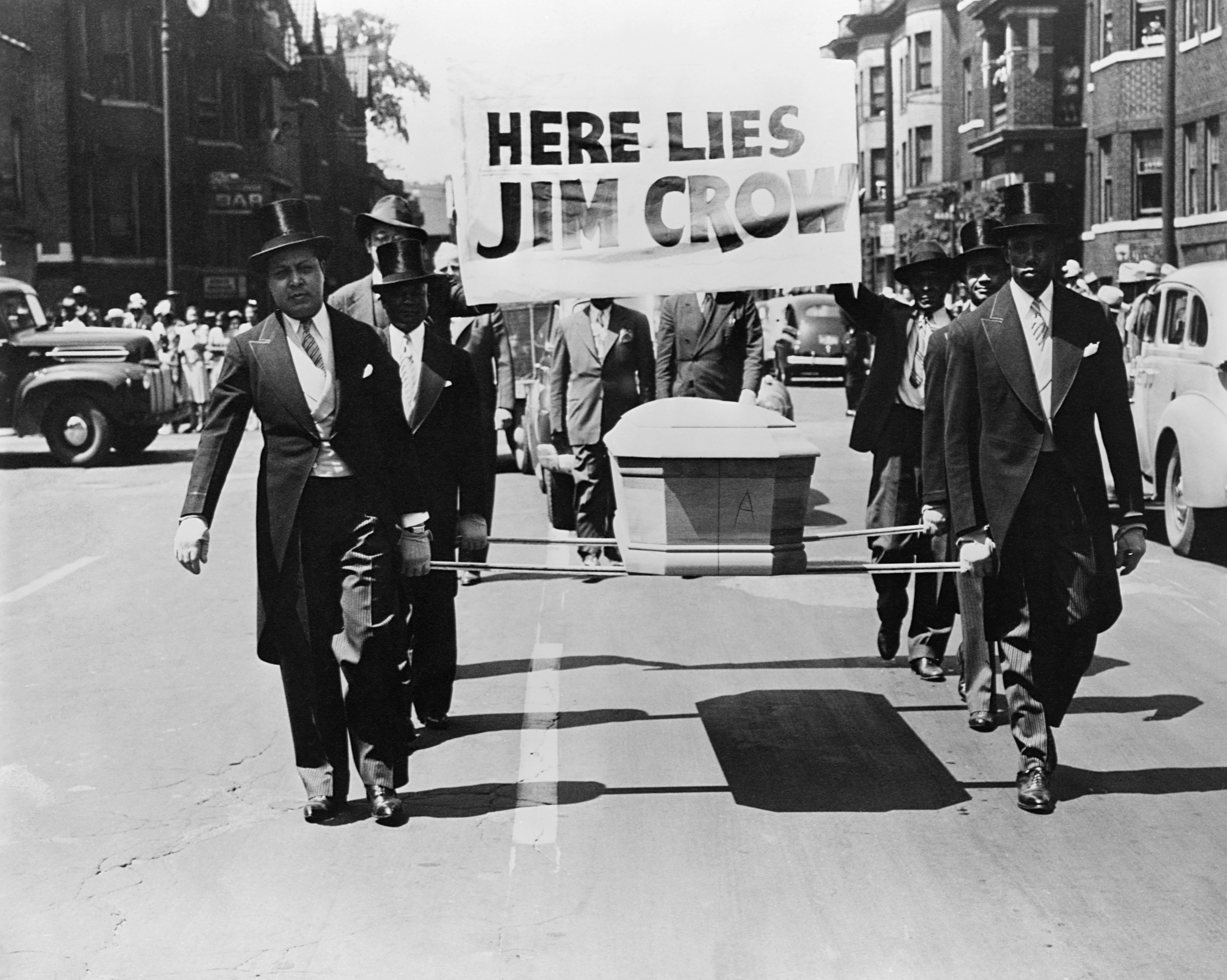
Now, all the principal figures involved in the case have been dead for years, and the case remains unsolved with no justice for Reverend George W. Lee. Residents of Belzoni now think of the story as a cautionary tale, a legend of their dark history.
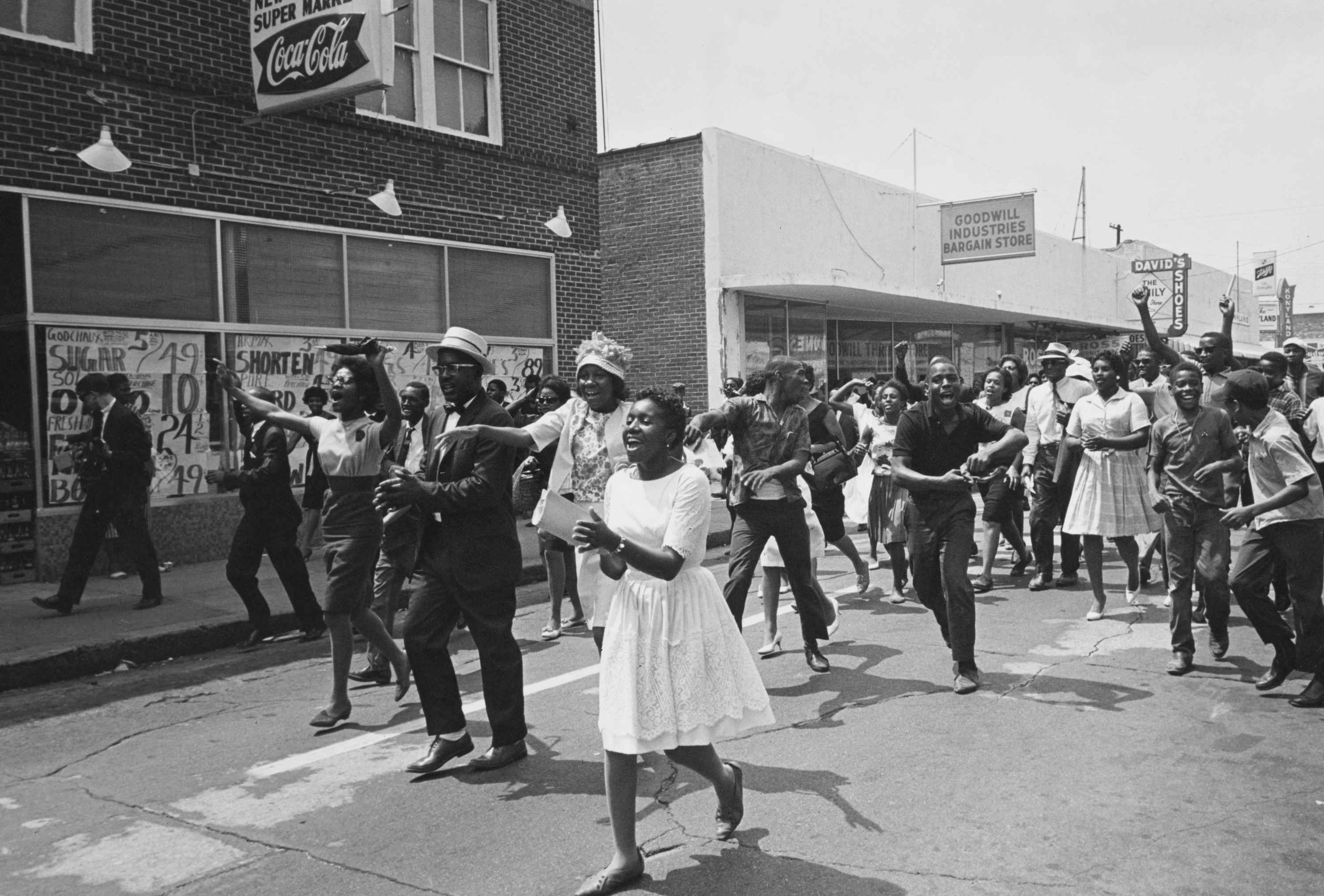
The FBI did re-investigate the case between 2008 and 2010. The Emmett Till Unsolved Civil Rights Crime Act of 2007 allowed the Department to reopen the case.
They were able to interview two new witnesses, and one witness that was previously interviewed. This extended investigation did lead to some new information, and the FBI found significant evidence that Marion Edward Ray and Joe David Watson were responsible. However, since both men were already deceased, they could not be prosecuted.
Today, the fight continues as new laws are passed in these same Southern states to reinstate restrictions significantly affecting Black Americans' voting ability.
It's important to understand that the unsolved assassination of Rev. George W. Lee is not ancient history. The ghost of Jim Crow is still alive and well today.

Make sure to head right here for more of BuzzFeed's Black History Month coverage.





